HardZone, hipertextual
Nvidia reveals Rubin AI is going to revolutionize AI
A preview of the Computex 2024 conference NVIDIA has made it clear what they are working on for the future. One of the most valuable companies in the world (the third most valuable). Artificial intelligence, which is why it is a market that they do not want to stop exploiting. These were the words of the CEO, Jensen Huang, we will see their most relevant projects for 2025 and 2026.
NVIDIA wants to move away from making AI chips that can only be used by large corporations. Its focus for the next few years is on expanding the onslaught of computing processing to smaller-scale sectors, in order to capture much more market share.
NVIDIA reveals a new Blackwell for 2025
We can rescue some words from NVIDIA’s CEO regarding future hardware launches. The company is preparing a Blackwell Ultra for 2025, which is the update of the current GB200 presented a couple of months ago.
What is this chip? We don’t know at the moment, as NVIDIA has only confirmed that they are working on it for next year. However, the current GB200 represents a turning point in AI processing for the companies that use it. In fact, according to experts, it is the most complete and capable AI-focused processor on the market.
Of course, we are talking about processors with stratospheric figures that are designed for large corporations, see Google, Open AI or Microsoft. These are not chips for home use, and the future Blackwell Ultra will not be either.
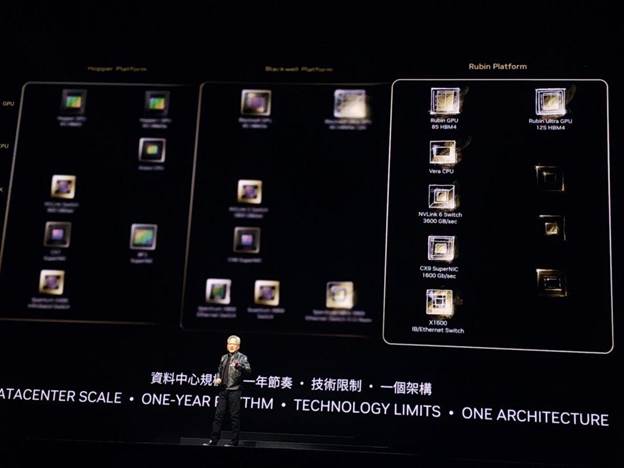
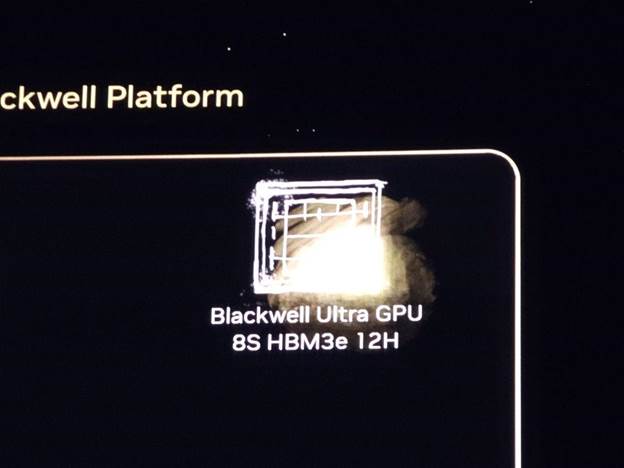
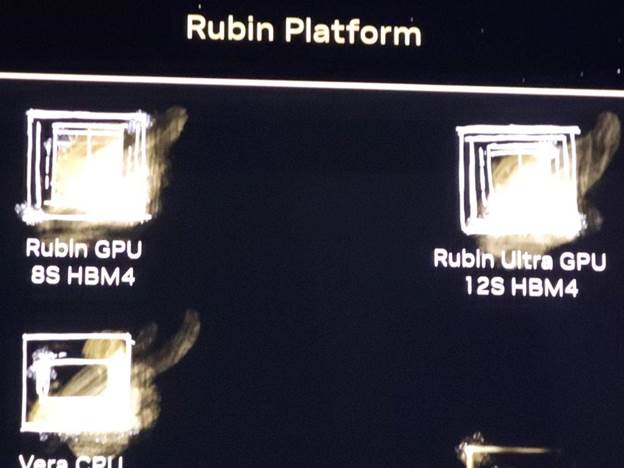
NVIDIA Introduces Rubin Architecture and Blackwell Ultra GPUs
The first thing that stands out in the presentation is the name of the new architecture for its GPUs, which is called Rubin. This architecture is named in honor of the astronomer Vera Rubin, who made important contributions to the understanding of dark matter and is a pioneer in the study of the rotation speed of galaxies.
It is important to note that the Blackwell architecture has just been announced recently. The announcement of the Rubin architecture is surprising, but it seems that NVIDIA is accelerating its developments. This new architecture would be the company’s answer to the AIsegment, which demands high-power solutions.
The new Blackwell GPUs (B100/B200) will arrive in data centers later this year. These solutions will use 12Hi memory stacks in 8 zones, compared to the current 8Hi memory stacks in 8 zones. These new solutions are expected to be launched on the market in 2025.
Shortly after Blackwell, the first solutions based on the Rubin architecture should be launched. The first R100 GPUs would hit the market in the fourth quarter of 2025 and would be mounted on the new DGX and HGX systems, which would be launched in the first half of 2026. NVIDIA has confirmed that Rubin GPUs will already use HBM4 memory.
Rubin R100 GPUs could use a 4x reticle design (versus Blackwell’s 3.3x design). Rubin GPUs will use TSMC’s CoWoS-L packaging process manufactured on the 3nm node. TSMC recently unveiled plans for up to a 5.5x reticle by 2026, with a 100x100mm substrate that would allow for up to 12 HBM memory slots versus the current 8 on 80x80mm packages.
One notable fact is that the R100 GPUs will use new HBM4 memory. Remember that NVIDIA’s B100 GPUs use HBM3E memory and could be upgraded to the new HBM4 by the end of 2025. Samsung and SK Hynix have revealed plans to develop a next generation for 2025 with stacks of up to 16 Hi.
Additionally, NVIDIA is reportedly set to update the Grace GPUs for the GR200 Superchip systems, which will integrate two R100 GPUs and a Grace CPU manufactured on TSMC’s 3nm process. The current Graces are based on TSMC’s 5nm process and allow for up to 144 cores in a Grace Superchip solution. NVIDIA has even confirmed that its next-generation ARM CPU will be called Vera.
NVIDIA has wanted to emphasize that for the Rubin R100, it wants to improve energy efficiency. The company is aware of the need to improve efficiency for its chips intended for Data Centers. Although they have not provided specific data, they have also highlighted that AI capabilities will be substantially improved.






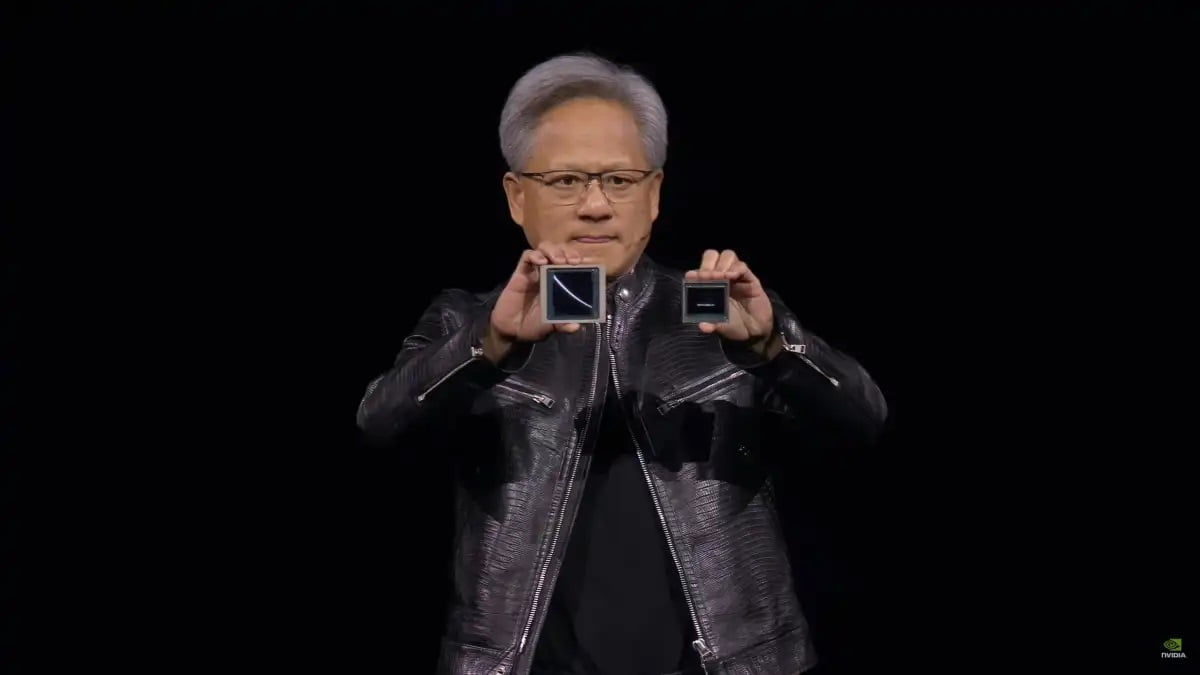

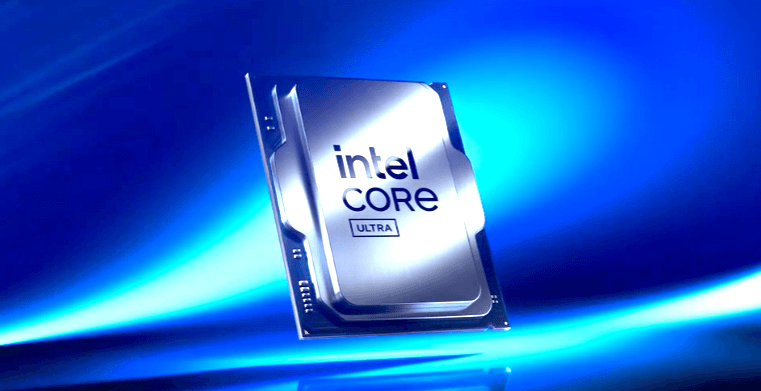
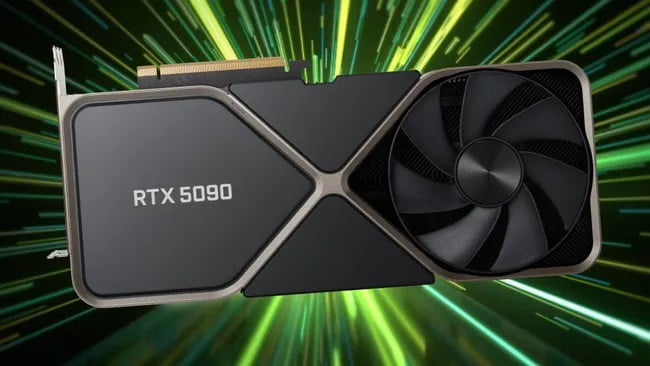
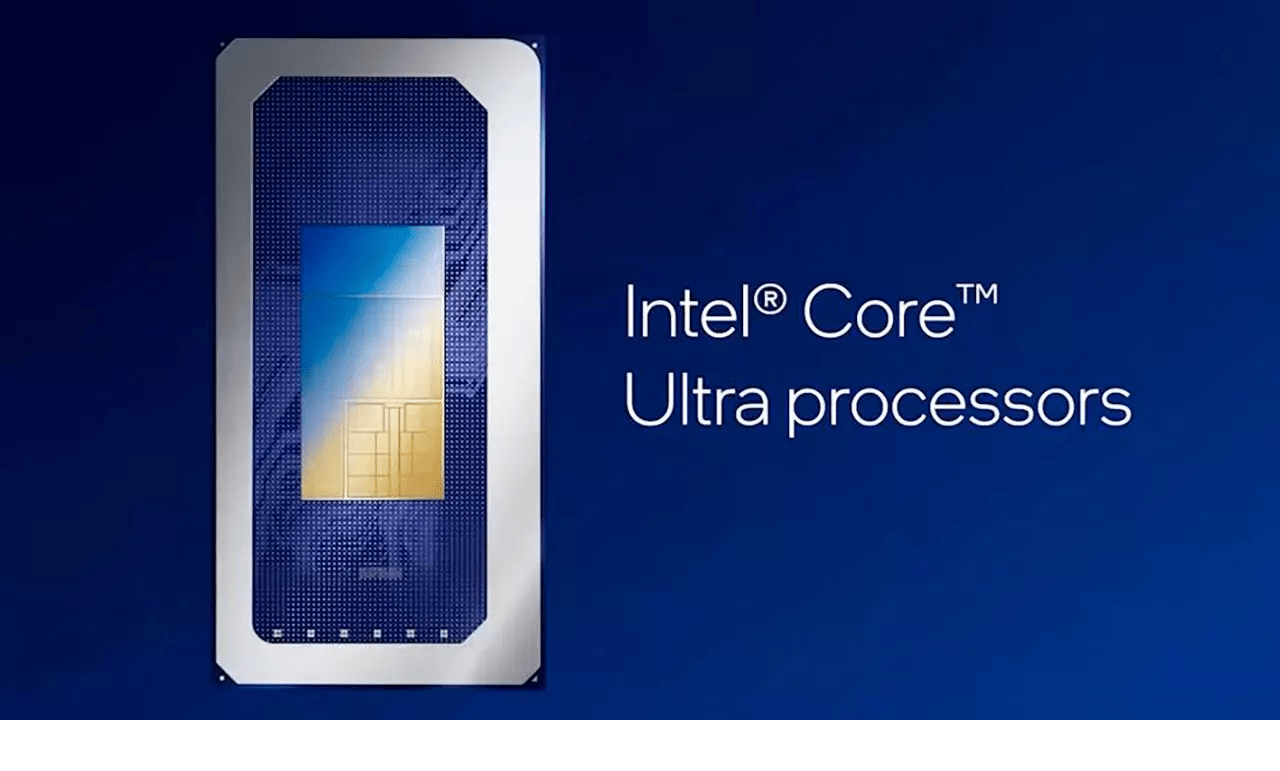
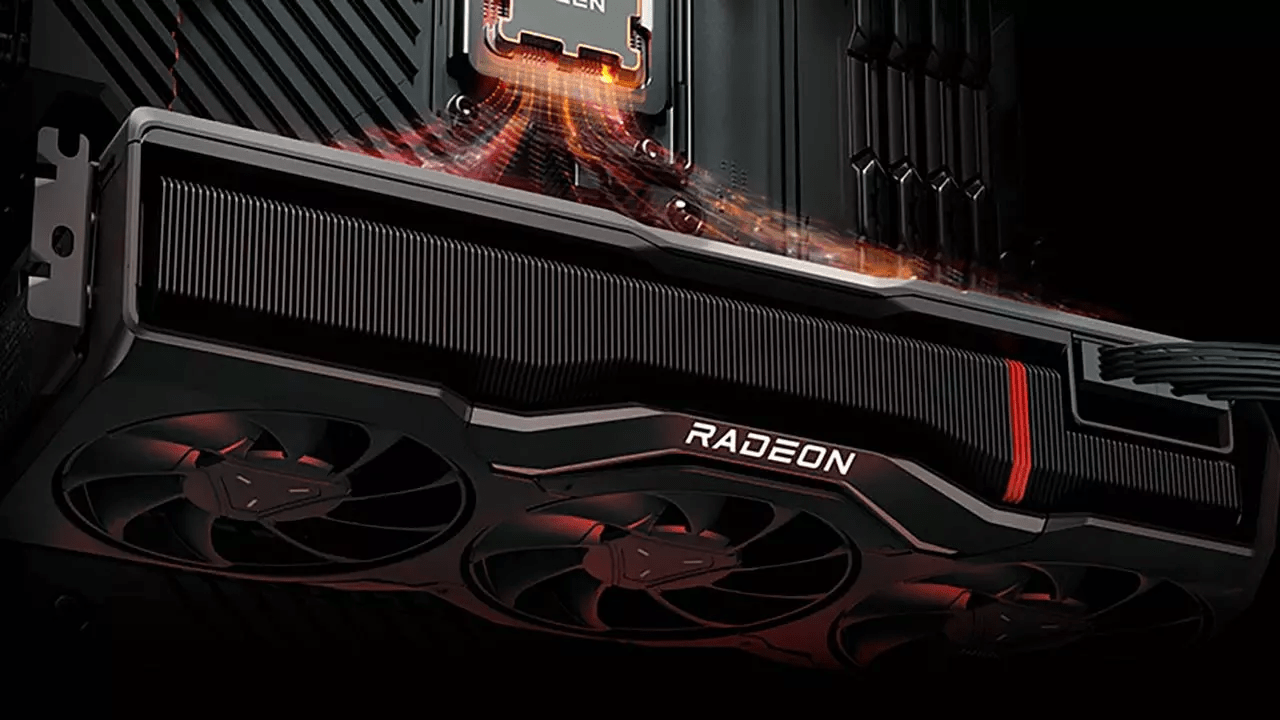
Leave a Reply